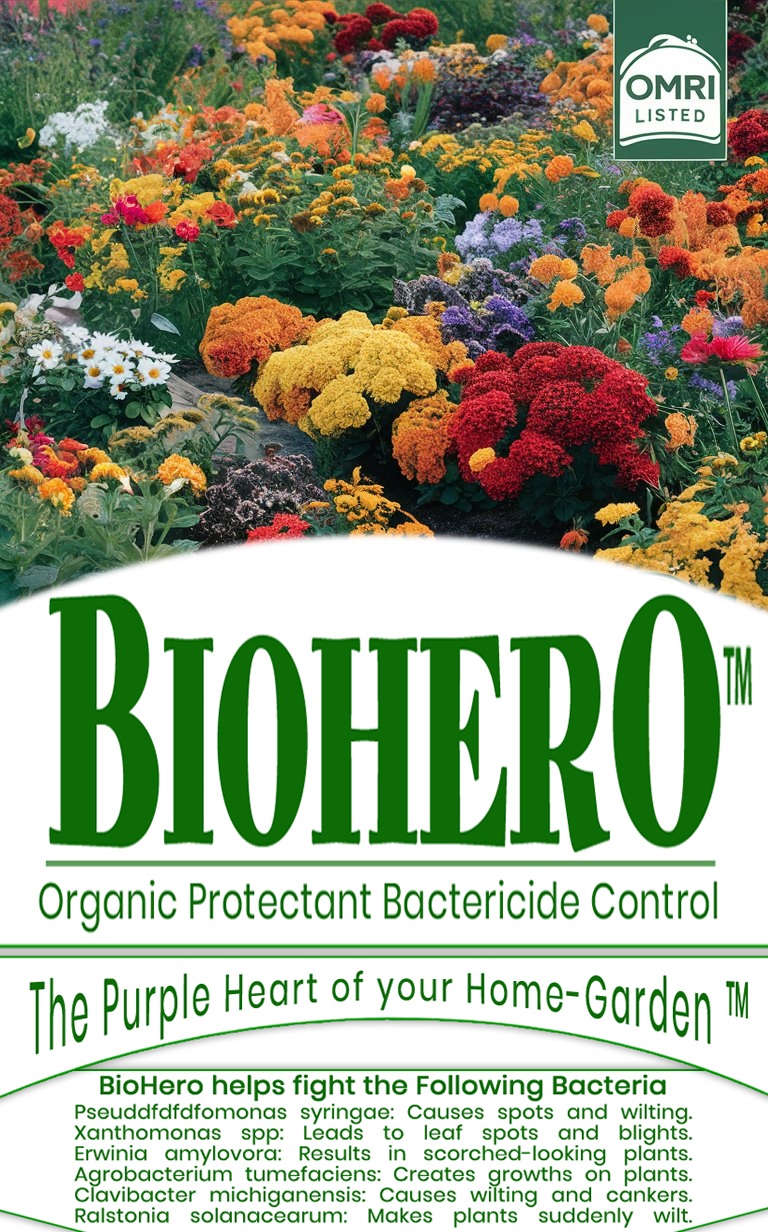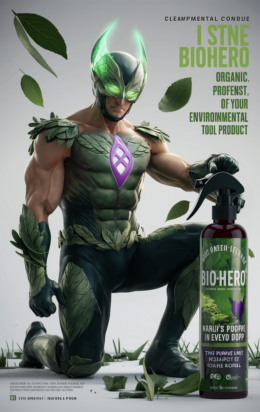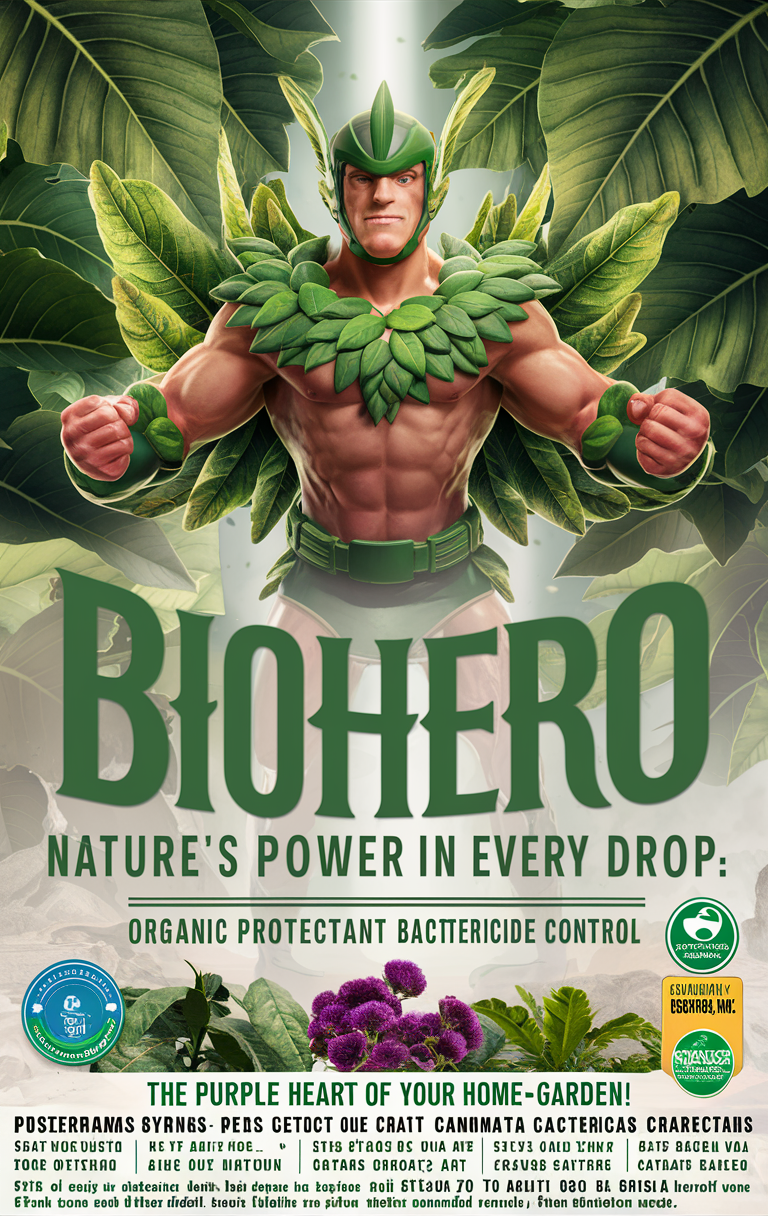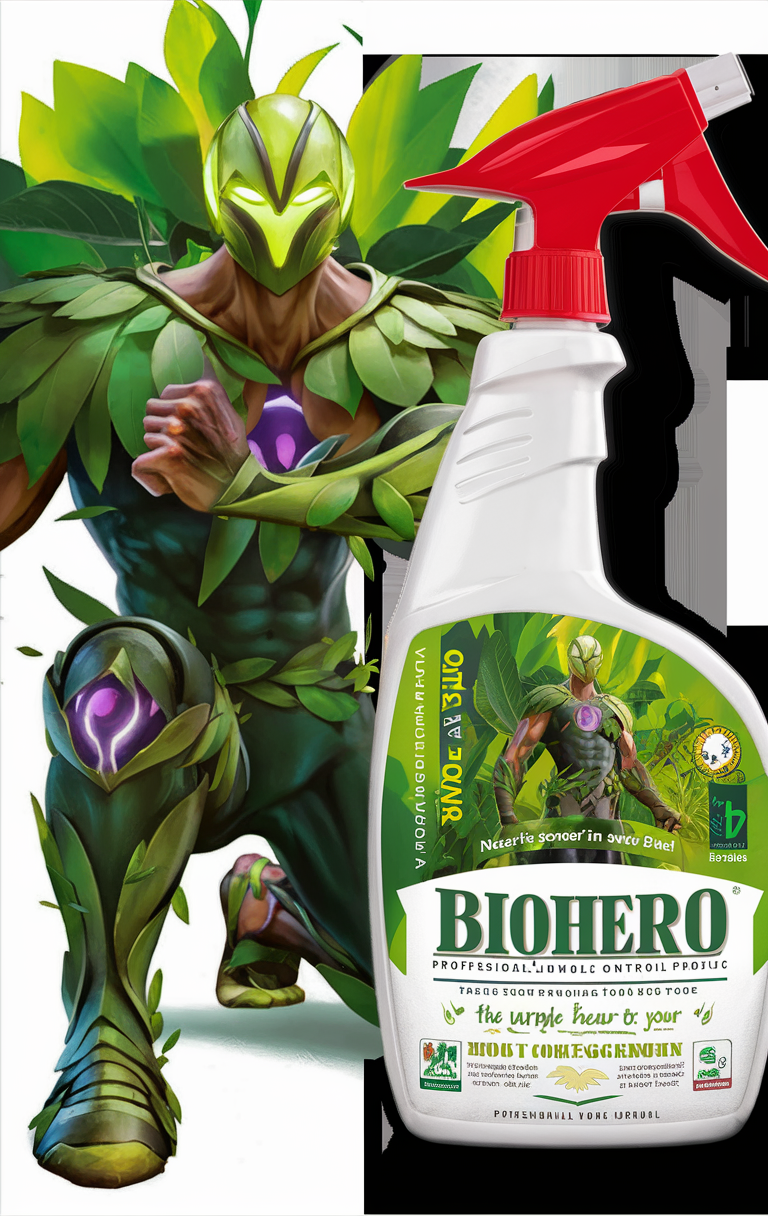Ralstonia solanacearum
BIOHERO™️:
**Ralstonia solanacearum** is classified as a plant pathogen. Here is detailed information about it:
– **Category**: Disease (pathogen)
– **Description**: Ralstonia solanacearum is a Gram-negative, soil-borne bacterium that causes bacterial wilt in a wide range of host plants. It is highly destructive and can affect over 200 plant species across 50 different families, including economically important crops such as tomatoes, potatoes, eggplants, bananas, and tobacco. The bacterium enters the plant through the roots and spreads through the vascular system, causing systemic wilting and plant death.
– **Impact**: The impact of Ralstonia solanacearum is significant due to its ability to cause rapid and severe plant wilting, leading to major agricultural losses:
– **Wilting**: Infected plants exhibit rapid wilting and yellowing of leaves, which can occur suddenly and lead to plant death.
– **Vascular Discoloration**: The bacterium causes browning and discoloration of the vascular tissues, visible when stems are cut open.
– **Yield Loss**: Infected plants often fail to produce viable yields, leading to significant economic losses for farmers.
– **Persistence in Soil**: The bacterium can persist in soil and water for extended periods, making it difficult to eradicate once established.
– **Control Methods**: Managing Ralstonia solanacearum involves an integrated approach, including cultural, biological, and chemical control methods:
– **Cultural Practices**:
– **Crop Rotation**: Rotate susceptible crops with non-host plants to reduce bacterial populations in the soil.
– **Resistant Varieties**: Plant varieties that are resistant or tolerant to Ralstonia solanacearum.
– **Sanitation**: Remove and destroy infected plant material to prevent the spread of the bacterium. Use clean, disease-free planting material.
– **Soil Management**: Improve soil drainage and avoid excessive irrigation to reduce the spread of the bacterium.
– **Biological Control**:
– **Beneficial Microorganisms**: Use of beneficial bacteria and fungi that can suppress Ralstonia solanacearum in the soil.
– **Organic Amendments**: Incorporate organic matter into the soil to enhance microbial activity and soil health.
– **Chemical Control**:
– **Soil Fumigation**: In some cases, soil fumigation may be used to reduce bacterial populations, but this method is less favored due to environmental concerns.
– **Bactericides**: The use of bactericides is limited and often not highly effective against soil-borne bacteria.
In summary, **Ralstonia solanacearum** is a serious plant pathogen causing bacterial wilt, leading to significant agricultural losses. Effective management requires a combination of cultural practices, biological control, and careful use of chemical treatments to reduce the impact of this destructive bacterium.
-
BioHERO organic bactericide targets resistant bacterial strains effectively. Crafted with a potent blend of plant essential oils, including 40% Cinnamon Oil and 10% Clove Oil, combined with surfactants and stabilizers, BioHERO readily kills most bacterial strains. Moreover, to ensure optimal results, BioHERO organic bactericide should be used in rotation with other bactericides. Additionally, BioHERO is OMRI Listed®, guaranteeing its adherence to rigorous organic standards.
Transitioning to its application, optimal results require use in rotation with other bactericides. Moreover, BioHERO’s OMRI Listing guarantees adherence to rigorous organic standards, ensuring eco-friendly pest control. This certification underscores BioHERO’s commitment to providing safe and sustainable solutions for gardeners. With BioHERO, gardeners can confidently tackle bacterial threats while maintaining a healthy and environmentally friendly gardening environment.
Mixing Instruction
BioHero™ finds application in both agricultural and residential areas, safeguarding crops, ornamental plants, and landscapes from pest infestations. Its versatile nature allows for widespread use across diverse environments.
- Final Mix Volume 1 Gallon: 0.5 FL. Oz. or 1 Tbs of BioHero Concentrated
- Final Mix Volume 5 Gallon: 2.4 FL. Oz. or 5 Tbs of BioHero Concentrated
- Final Mix Volume 10 Gallon: 4.8 FL. Oz. or 10 Tbs of BioHero Concentrated
- Final Mix Volume 25 Gallon: 12 FL. Oz. or 20 Tbs of BioHero Concentrated
- Use Rate Recommendations for BioHero RTU (Ready to USe): Apply at a rate of 16 – 32 oz/acre. BioHero™ embodies excellence as a repellent and insecticide, providing a comprehensive solution for Land, Patio, Home, and Garden areas.
Application Time Ratios
- BioHero CTU containers dilute 0.5-1.0oz on a Gallon of water to cover 1,000 sqft, this 32 oz container will produce 32,000 sqft to 64,000 sqft., 1 Gallon container will cover 3 Acres to 6 Acres. For RTU containers Spray directly over insects or around areas to protect. Shake well before use. Wash hands after application to avoid ingestion.
Size : 1 Gal RTU - 32oz RTU - 16oz CTU










